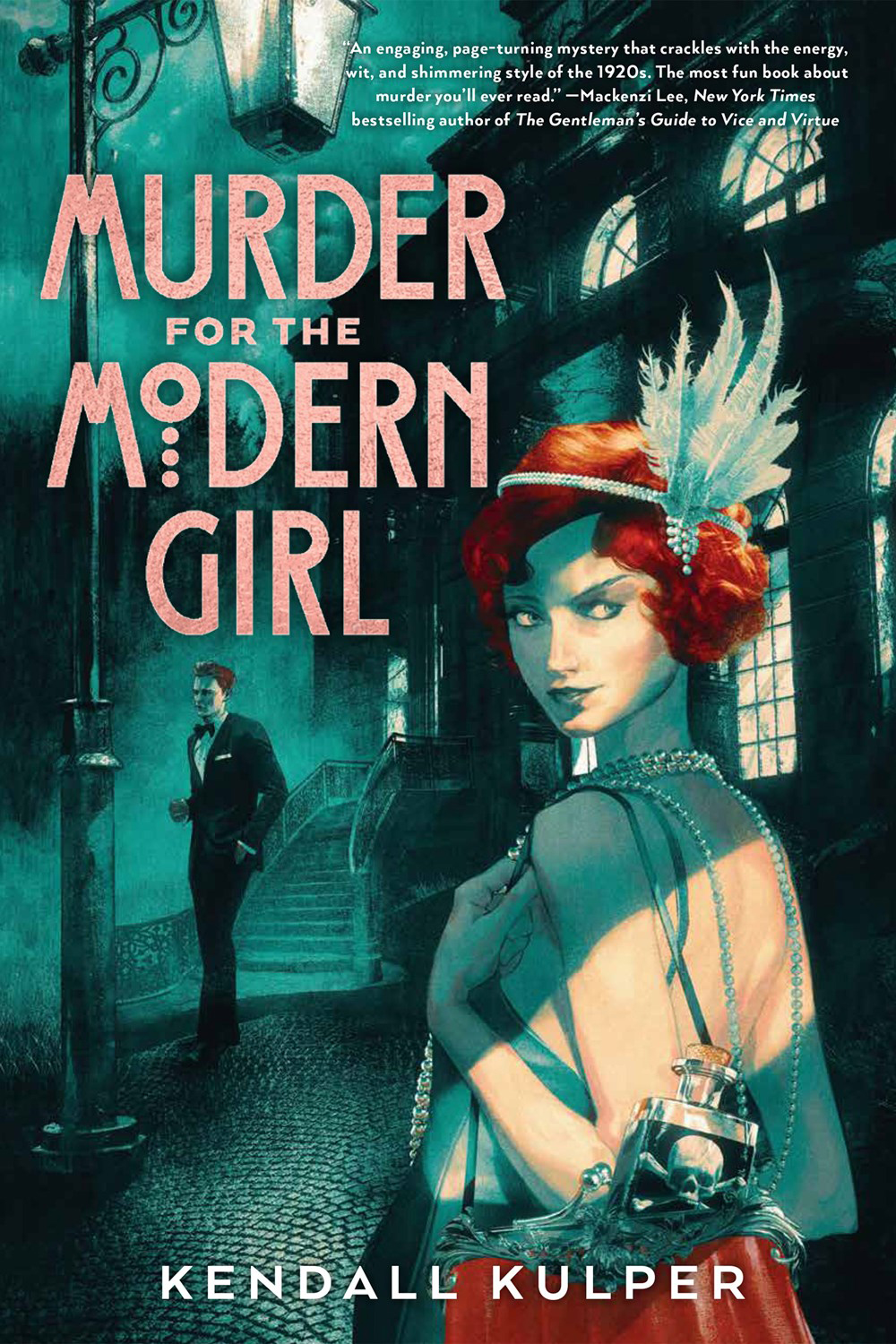Smart, tenacious teen sleuths star in three remarkable mystery novels. These detectives have curious minds, a knack for sussing out secrets and a thirst for justice.

★ Hollow Fires
In Samira Ahmed’s powerful Hollow Fires, 17-year-old aspiring journalist Safiya Mirza describes herself as “a giddy teen rom-com cliché, but with more panic and terror churning in the mix.”
True, the high school senior does enjoy fun times with friends and a budding romance with a handsome classmate at Chicago’s private DuSable Preparatory High School, where she’s a scholarship student. But Safiya is also deeply troubled by the disappearance of 14-year-old Jawad Ali, a freshman at a nearby public school. When Jawad brought a cosplay jetpack to class, his English teacher mistook it for a bomb and he was arrested, suspended and dubbed “Bomb Boy” by right-wing media. Jawad was quickly cleared of all charges, but he and his family became the targets of harassment, unfounded accusations of terrorism and death threats.
Jawad’s disappearance attracts scant press coverage or police interest, so Safiya angrily decides to investigate on her own. She’s urged on by a soft but insistent voice that she realizes is Jawad, imploring her to find him so his parents can find closure amid their fear and grief.
When Safiya discovers Jawad’s body, some questions are answered, but even more are raised about who could’ve done such a horrible thing. Classism and racism abound at school and in Safiya’s neighborhood; could the culprit be someone she’s encountered? After all, as Jawad muses, “The most terrifying monsters are the ones you know.”
Ahmed unfurls this story through chapters that alternate between Safiya’s and Jawad’s perspectives, while also layering in news articles, blog posts, phone transcripts, tweets and other social media posts. The result is a compelling portrait of how hate spreads, radicalization takes root and danger grows.
In an author’s note, Ahmed shares that she wrote Hollow Fires to call on readers to “step forward, to face the truth of all we are.” Her devastating and inspiring book is at once a gripping thriller and a passionate call for change that’s urgent and timely—and sadly, also timeless.

Murder for the Modern Girl
As 1927 turns to 1928 in Chicago, Ruby Newhouse toasts the new year in a “party frock that was practically required by law to set heads turning.” The sassy 18-year-old daughter of the Cook County state’s attorney is gorgeous, and she knows it. She also knows what everyone around her is thinking, because she can read minds “like a supernatural radio antenna.”
Ruby keeps that power secret, while using it to reduce the number of terrible men who prey on vulnerable women in her beloved city. Poison is her preferred method (the lethal stuff fits nicely in tiny needles or hollowed-out hairpins), and so far, she’s gotten away with it.
But in Kendall Kulper’s sparklingly clever Murder for the Modern Girl, Ruby’s anonymity and freedom are threatened when a young morgue employee named Guy Rosewood begins investigating a strange series of poisonings in an effort to impress Dr. Gregory C. Keene. The doctor’s research on cellular metamorphosis has been met with derision, but Guy is a shape-shifter who desperately wants to control his abilities, and he believes Dr. Keene could help him learn how.
When Guy meets Ruby, he wants to impress her as well—not realizing she’s the vigilante he seeks. And when Ruby discovers Guy’s secret, she agrees to keep it quiet while charming him into assisting her as she tries to track down the people responsible for an attempt on her father’s life.
Ruby leverages sexism (underestimation!) and sexiness (distraction!) to her advantage as she pursues her quarry; Guy assists when he’s not pursuing his own mysterious goals. Both characters are intelligent, caring and driven by a shared belief that, as Ruby says, “you’ve gotta protect the weak and punish the wicked.” Murder for the Modern Girl is a smart, suspenseful and action-packed period piece that thoughtfully explores whether all crimes are truly criminal..

Gideon Green in Black and White
As the title of Katie Henry’s winning and inventive Gideon Green in Black and White indicates, the 16-year-old Gideon Green spends a lot of time immersed in absolutes. For example, since honesty is the best policy, Gideon doesn’t understand why everyone keeps getting mad any time he merely states the truth, however inconvenient.
Gideon’s penchant for clarity is bolstered by his favorite noir films, which he watches every day after school. Despite his frustrated dad’s pleas that he consider a new hobby, Gideon finds comfort in the movies’ familiar beats. He also emulates his noir detective idols by wearing a trenchcoat and fedora, never mind that he lives in sunny California.
Although Gideon is impressively astute, he didn’t understand why his best friend, Lily Krupitsky-Sharma, ghosted him in middle school. But Lily approaches him as the book opens. She wants a promotion to editor-in-chief of the school newspaper next year and thinks a splashy investigative feature will do the trick. Will Gideon help her secretly investigate a recent uptick in their town’s nonviolent crime rates?
Lily gets Gideon a copy editing gig as a cover, and he revels in being welcomed to the tightknit staff, led by lovely editor-in-chief Tess. For the first time, Gideon feels like he’s part of something, but too soon, there’s another first: discovering a dead body in the course of the investigation.
Gideon’s interactions with his town’s police officers are a hoot, thanks to the cops’ exasperation at his confident matter-of-factness. His blooming romance with Tess is delightful, too, as is his growing awareness that there might be more to life than being precisely correct. It’s enjoyable to watch Gideon discover meaning in the grays. Gideon often contemplates how scenes might unfold differently if his life were a noir film, complete with excerpts from the movie scripts in his imagination, upping the fun factor in this highly entertaining, empathetic mystery.



























